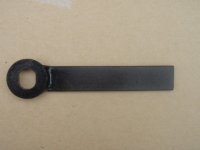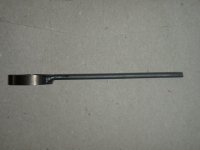BiGH
100 kW
hey all. I'm finding the bumps a bit much at high speed, just wondering if anyone can suggest a dual suspension frame with steel rear dropouts?
also something that would support a fairly good rack too (i'm not sure a single beam rack would support my batteries sufficiently (13kg).
also something that would support a fairly good rack too (i'm not sure a single beam rack would support my batteries sufficiently (13kg).



